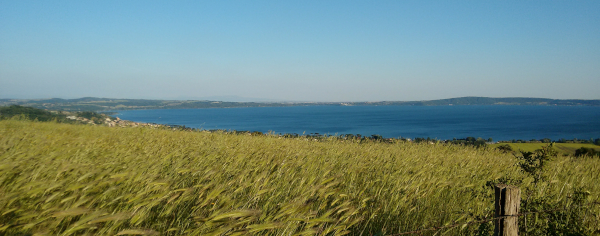Diversified rotations in protected vegetable production systems (DiverIMPACTS Practice Abstract)
In protected vegetable systems of the Mediterranean area, rotations are based on a limited number of species and botanical families. In the long term, this favours the development of soil pests and diseases.



